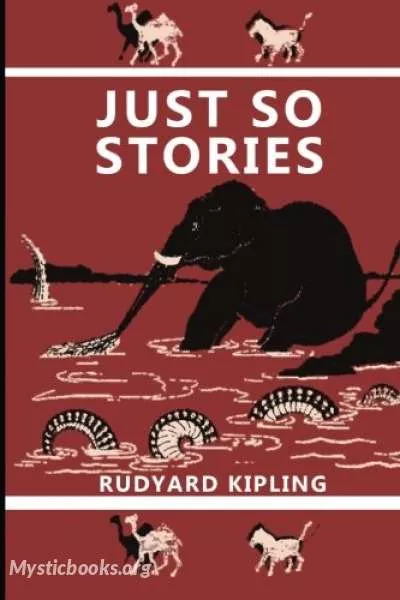
Just So Stories
'Just So Stories' Summary
The Just So Stories began as bedtime stories told by Kipling to his daughter "Effie" (Josephine, Kipling's firstborn); when the first three were published in a children's magazine, a year before her death, Kipling explained: "in the evening there were stories meant to put Effie to sleep, and you were not allowed to alter those by one single little word. They had to be told just so; or Effie would wake up and put back the missing sentence. So at last they came to be like charms, all three of them – the whale tale, the camel tale, and the rhinoceros tale."
Nine of the thirteen Just So Stories tell how particular animals were modified from their original forms to their current forms by the acts of human beings or magical beings. For example, the Whale has a tiny throat because he swallowed a mariner, who tied a raft inside to block the whale from swallowing other men. The Camel has a hump given to him by a djinn as punishment for the camel's refusing to work (the hump allows the camel to work longer between times of eating). The Leopard's spots were painted by an Ethiopian (after the Ethiopian painted himself black). The Kangaroo gets its powerful hind legs, long tail and hopping gait after being chased all day by a dingo, sent by a minor god responding to the Kangaroo's request to be made different from all other animals.
Book Details
Language
EnglishOriginal Language
EnglishPublished In
1902Genre/Category
Tags/Keywords
Authors
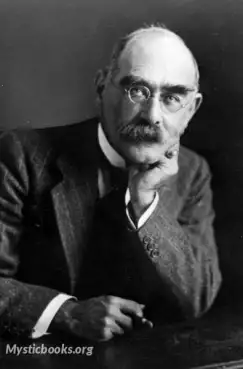
Rudyard Kipling
Britain
Kipling's writing has strongly influenced that of others. His stories for adults remain in print and have garnered high praise from writers as different as Poul Anderson, Jorge Luis Borges, and Randal...
Books by Rudyard KiplingDownload eBooks
Listen/Download Audiobook
Related books

Woodcraft Boys at Sunset Island by May Folwell Hoisington
What if a group of boys were stranded on a deserted island with no adults around? May Folwell Hoisington's classic children's novel Woodcraft Boys at...
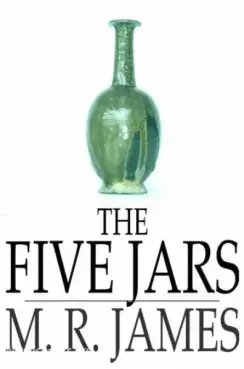
The Five Jars by M.R. James
A short story in a book form that’s more like a fantasy about a man who finds five jars in the woods and finds out how using the contents makes him aw...

Violet: A Fairy Story by Caroline Guild
A charming fairytale -- with realistic touches -- from the mid-19th Century.

Mary Cary, Frequently Martha by Kate Langley Bosher
"My name is Mary Cary. I live in the Yorkburg Female Orphan Asylum. You may think nothing happens in an Orphan Asylum. It does. The orphans are sure e...
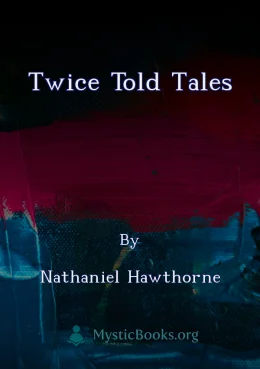
Twice Told Tales by Nathaniel Hawthorne
Nathaniel Hawthorne's *Twice-Told Tales* is a collection of short stories that explore themes of sin, guilt, and the dark side of human nature. Set pr...
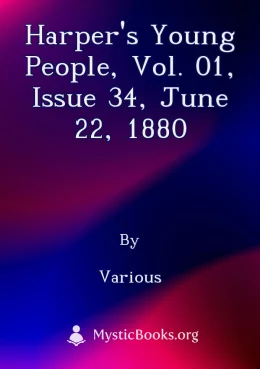
Harper's Young People, Vol. 01, Issue 34, June 22, 1880 by Various
Harper's Young People is an illustrated weekly publication for children that includes short stories, tales from history, natural history, poetry, puzz...

Weed or Flower by Helen Leah Reed
'Weed or Flower' is a collection of poems by Helen Leah Reed that celebrates the beauty and wonder of the natural world. Reed uses simple language an...
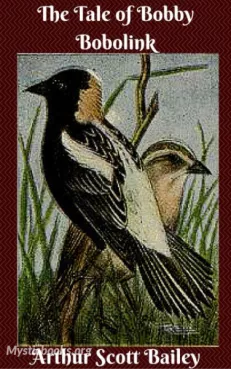
The Tale of Bobby Bobolink by Arthur Scott Bailey
Follow Bobby Bobolink on his exciting adventures as he explores the world beyond his nest and learns valuable lessons about life, friendship, and brav...
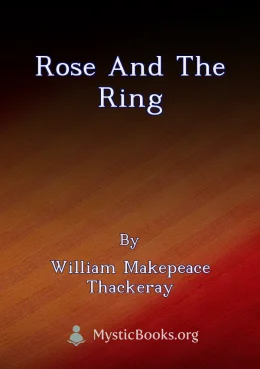
Rose And The Ring by William Makepeace Thackeray
“Rose and the Ring” is a satirical novella by William Makepeace Thackeray that blends elements of fairy tales, social commentary, and humor. Through a...
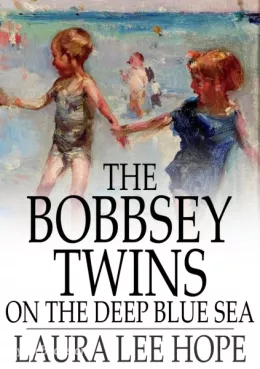
The Bobbsey Twins on the Deep Blue Sea by Laura Lee Hope
This is an exciting children's adventure book that takes young readers on a thrilling journey across the ocean. Written by Hope, a prolific author of...
Reviews for Just So Stories
No reviews posted or approved, yet...